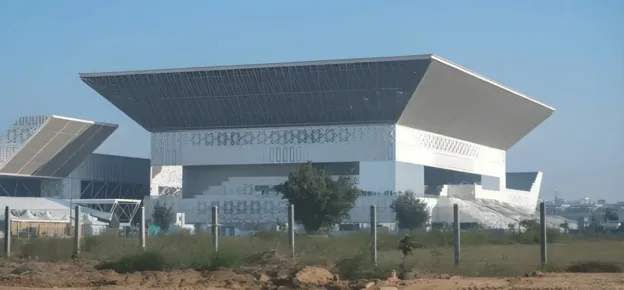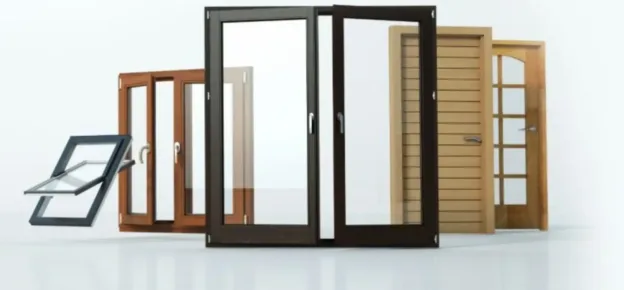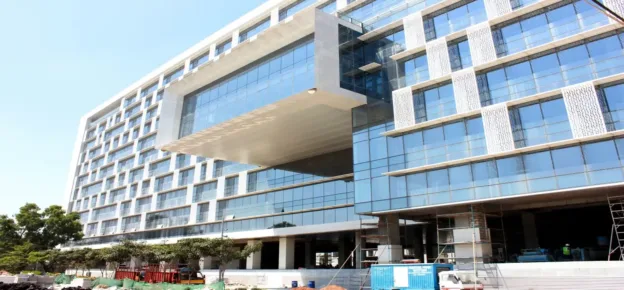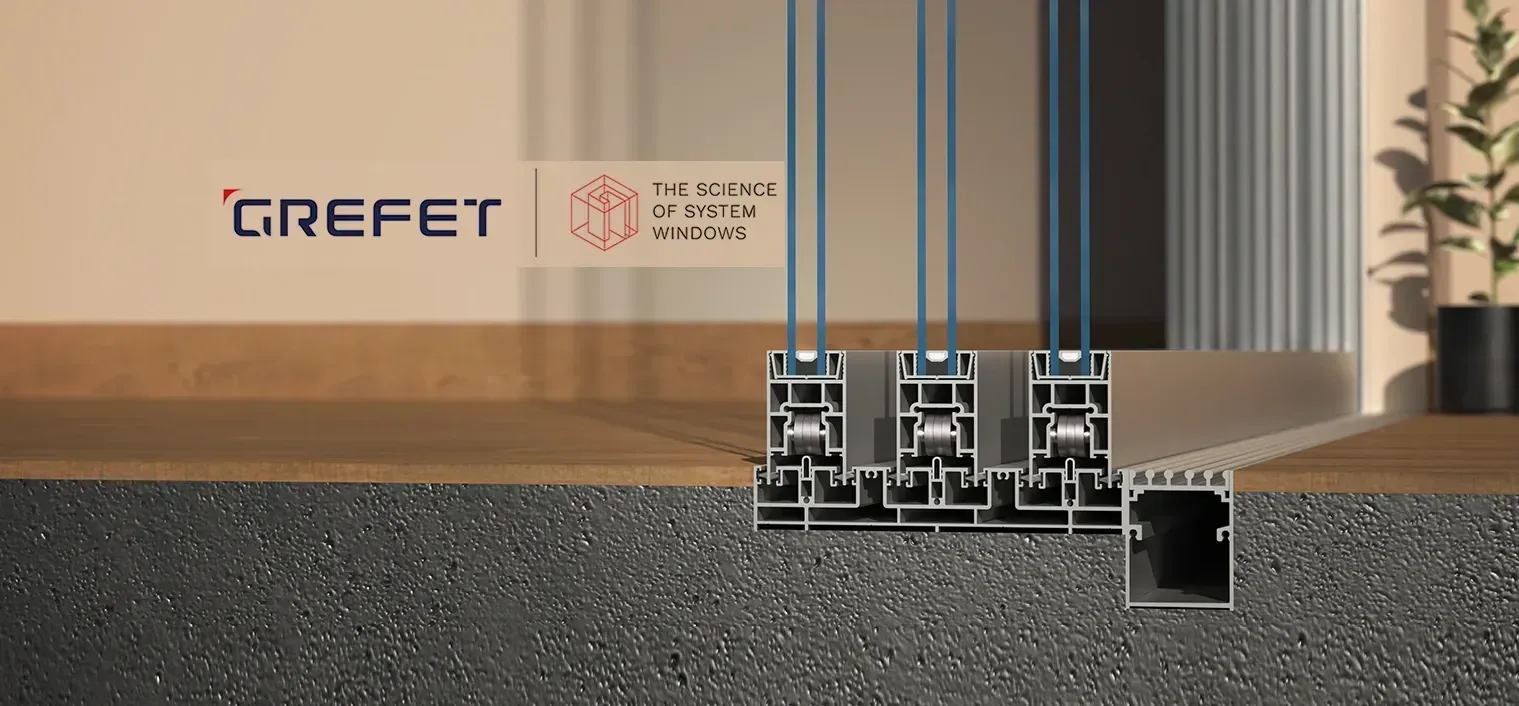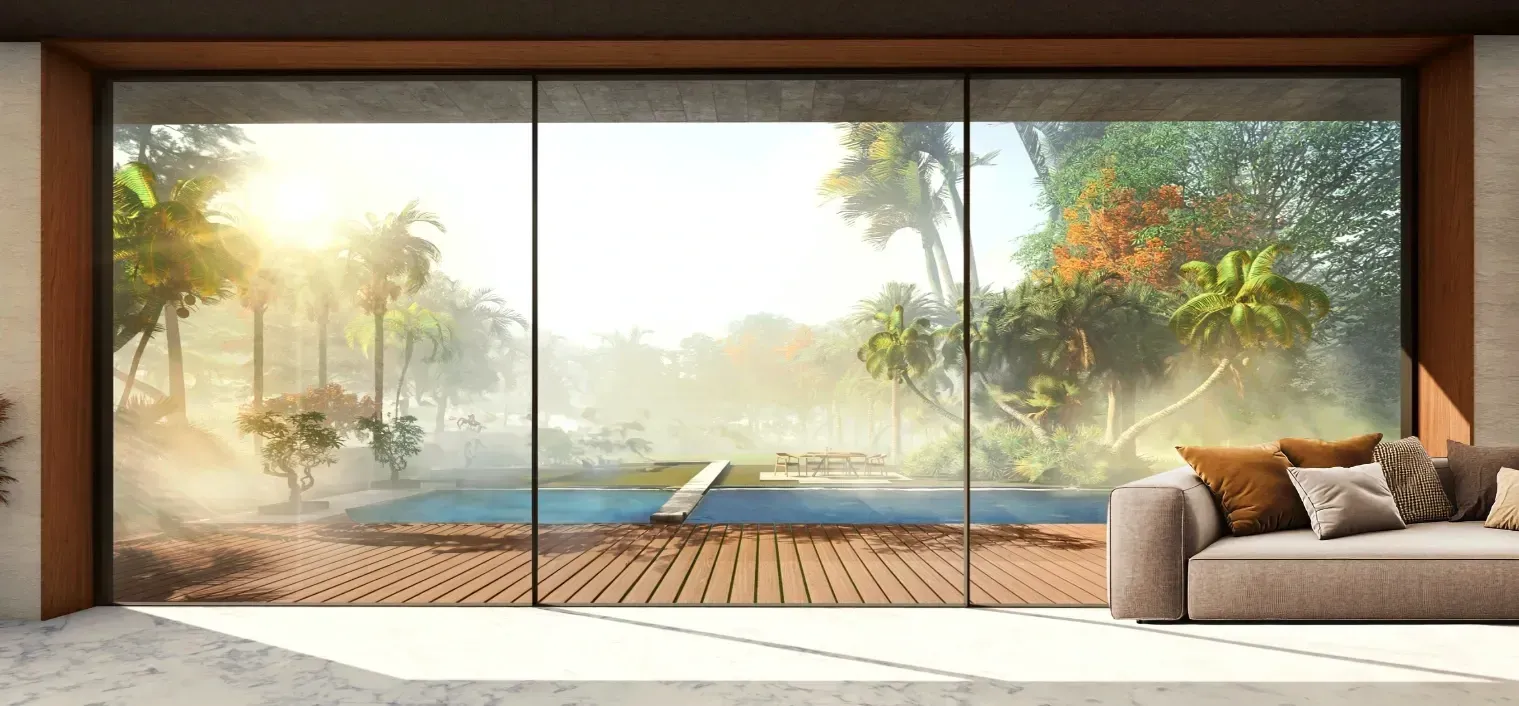Glass roof construction, commonly known as skylight installation, has gained immense popularity in modern architecture. Skylights enhance natural lighting, create a spacious feel, and add aesthetic value to structures. Whether used in residential, commercial, or institutional buildings, they offer numerous benefits while presenting unique challenges. A well-designed glass roof improves energy efficiency, reduces reliance on artificial lighting, and contributes to sustainable building practices.
Drawing from my nine years of experience and hundreds of skylight construction projects, this article explores the key aspects of glass roof design and construction. It covers essential elements such as planning, materials, types, benefits, challenges, and installation methods to ensure durability and effectiveness.
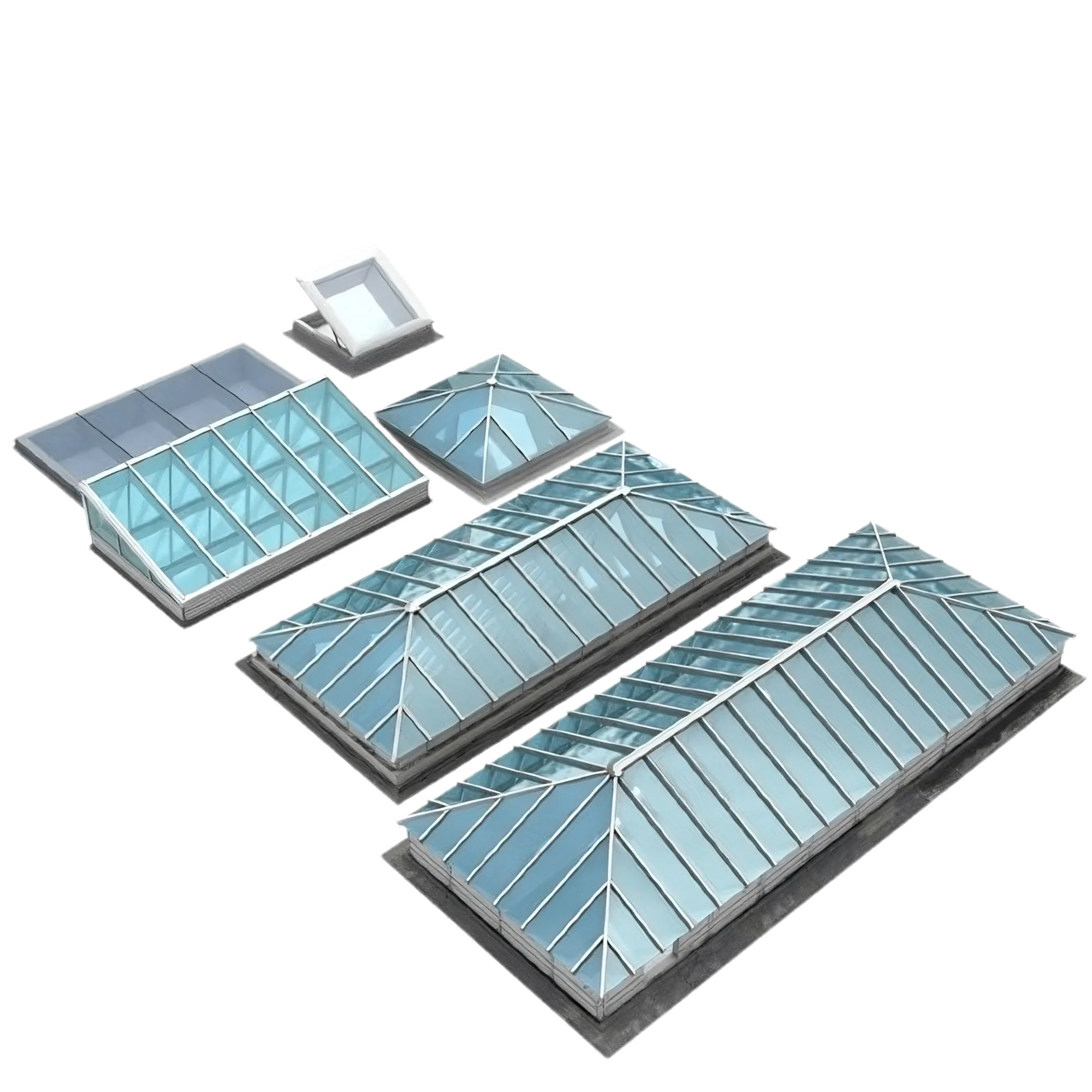
Types Of Skylight Shapes
Skylights come in various shapes to accommodate different architectural and functional needs. Common types include:
- Dome Skylights: Curved glass or acrylic structures that enhance light diffusion and offer self-cleaning properties due to their shape.
- Pyramid Skylights: A three-dimensional structure that maximises light penetration and adds an artistic touch to the design.
- Ridge Skylights: Installed along the peak of a roof to provide uniform light distribution throughout the space.
- Flat Skylights: Simple, sleek, and modern designs that seamlessly integrate with contemporary architecture.
- Barrel Vault Skylights: Semi-cylindrical structures that allow extensive natural light and are ideal for larger spaces.
- Custom Skylights: Tailored designs that meet specific architectural requirements and aesthetic preferences.
Design Considerations & Planning
Before installing a skylight, various factors must be considered to optimise performance and durability.
- Natural Light Requirements: Industry standards recommend a 1:20 ratio, meaning one square foot of skylight surface area for every twenty square feet of floor space. For rooms with ample natural light, the skylight area should be within 5% of the total floor space, while for dimly lit rooms, it should be 10-15% of the total floor space.
- Sun Pathway Considerations: The movement of the sun across seasons determines the amount and intensity of light entering through a skylight. In regions like India:
- South-facing skylights experience the harshest sunlight.
- North-facing skylights receive the most favourable, diffused light.
- Slope (Roof Pitch): The angle of a skylight affects water drainage, self-cleaning efficiency, and light distribution:
- Steeper slopes facilitate quicker runoff, reducing water accumulation and leakage risks.
- Flatter slopes may cause pooling and potential leakage issues.
- The slope’s direction and angle also influence the quality of indoor lighting.
- Structural Integrity: A robust support system is essential to withstand weather conditions and load-bearing requirements:
- Structural Calculations – Ensuring the framework can support the glass load and wind forces.
- Glass deflection checks – Ensuring minimal deformation under load.
- Fastener Calculations – Secure fixation of frames and glass panels.
- Strong Framing – Prevents structural failure due to wind loads or temperature variations.

Materials Used In Skylight Construction
Skylight construction involves various materials to ensure durability, energy efficiency, and aesthetic appeal. Below are the key materials used:
- Frame Materials:
- Aluminium – Lightweight, corrosion-resistant, and strong. Ideal for modern designs with slim profiles.
- Wood (Timber) – Offers a natural aesthetic and excellent insulation, but requires more maintenance.
- Steel – Provides superior strength for large skylight structures but may require additional weatherproofing.
- Glazing Materials:
- Tempered Glass – Heat-treated for strength and safety; shatters into small, blunt pieces if broken.
- Laminated Glass – Contains an interlayer that holds broken pieces together, providing additional safety and sound insulation.
- Low-E (Low Emissivity) Glass – Coated to improve thermal efficiency by reflecting heat while allowing light in.
- Sealing & Insulation Materials:
- Silicone Sealants – Ensure airtight and waterproof sealing around the skylight edges. High-Performance Non-Staining Weather Sealant.
- EPDM Gaskets & Weather Stripping – Prevent water and air leakage, improving insulation.
- Insulated Glazing Units (IGUs) – Double or triple glazing with gas-filled layers for enhanced thermal performance.
Selection of Tested Skylight Systems:
Select the right tested system and ask for a certificate from the supplier.
To ensure durability and efficiency, skylights must meet the following performance criteria:
- Water Tightness: Recommended water tightness for skylight is 1000 Pa and above, but must not be less than 600 Pa.
- Wind Load Resistance: Capable of withstanding region-specific wind forces.
- Weather Barrier: At least a two-barrier system to prevent leaks.
- Drainage System: A 2 to 3-level drainage mechanism for effective water management.
- U-Value: Adequate thermal insulation for energy efficiency.
- Sound Insulation: Effective noise reduction properties.
- Air Permeability: Recommended Air permeability is 600 pa, but must not be less than 300 pa to minimise air leakage.
Challenges In Skylight Construction & Solutions
| CHALLENGE | CAUSE | SOLUTION |
|---|---|---|
| Leakage | Low slope angle, improper sealing, unprofessional & untrained installers, |
Increase slope, ensure high-quality sealing materials, and choose high-performance non-staining weather sealant. |
| Overheating | Excessive sunlight exposure | Check the required light, and check the slope and orientation. Use insulating glass, high-performance or low-E glass, and install blinds or shades if required. |
| Condensation | Poor ventilation, temperature differences, and wrong selection of glass. | Improve ventilation, choose the right insulation of glass- double-glazed or triple-glazed. |
Glass Selection Criteria
Selecting the right type of glass is essential for safety, durability, and performance. Recommended glass for the Indian climate is DGU glass with both side lamination and not less than DGU glass with inside lamination.
- Tempered glass provides high impact resistance and enhanced safety.
- Laminated glass prevents shattering and provides UV protection.
- Low-E coated glass enhances thermal efficiency by reducing heat transfer.
- Double/triple-glazed glass improves insulation and soundproofing.

Installation Process
Proper installation is crucial for long-lasting performance and efficiency. The key steps include:
- Shop Drawing Preparation For Construction And Roof Preparation: Prepare a shop drawing for construction, which includes all the details and get it approved by all stakeholders, like architects, consultants, clients & system suppliers, etc. Prepare the roof accordingly for construction and reinforce the existing roof structure.
- Base Frame Construction: Installing a durable and well-aligned frame within defined tolerances.
- Gasket System Installation: Ensuring airtight and watertight sealing with EPDM gaskets. All joints of the gasket must be sealed with a compatible adhesive that forms a durable monolithic bond with EPDM gaskets.
- Glass Installation: Carefully place and secure the glass panels in the right position and orientation. Glass should not be in contact with metal and should have space in the surroundings for thermal adjustment.
- Flashing Installation: Adding waterproof flashing to prevent leaks. Minimum 2 barriers at the junctions and civil interfaces.
- Finishing: Sealing gaps and ensuring proper insulation.
- Field Water Test: Conducting a leak test to ensure water resistance as per AAMA recommendations.
- Handover: Final quality checks and user instructions for maintenance.
Conclusion
Glass roof construction enhances architectural aesthetics while improving indoor comfort and natural lighting. Proper planning, high-quality materials, and precise installation techniques are essential for ensuring the long-term durability and efficiency of skylights. By addressing challenges such as leakage, overheating, and condensation, well-designed skylights can provide sustainable and energy-efficient solutions for modern buildings.





